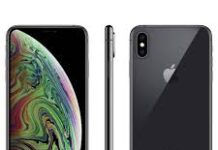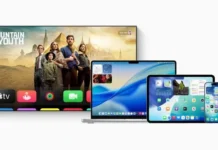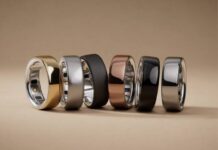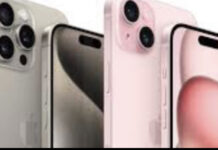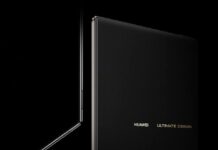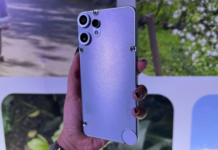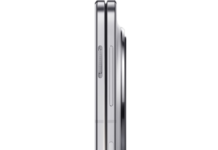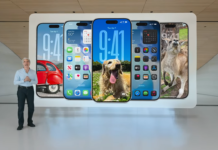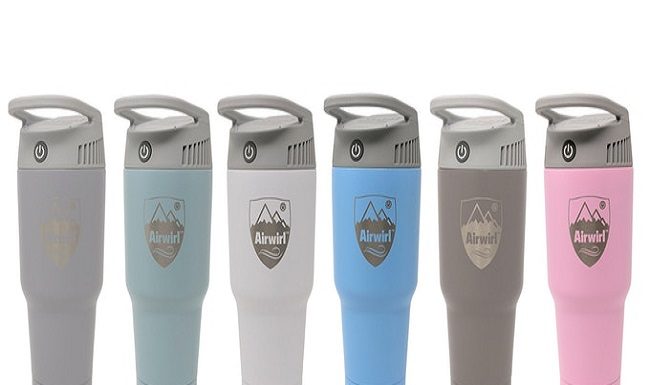How about having a device that can increase your customer base and for the most part it’s something that has been around the whole time? This device is in your place of work, home, school, church etc. it’s literally what you make use of every single day. This device is called Wi-Fi! Of course you make use of Wi-Fi every day, but I’m going to show you how to use it for tracking particularly customers in this case. A research company at La Sapienza University of Rome, developed “WhoFi,” a system that can “fingerprint” individual people (or at least their bodies), track them in physical space, and re-identify them in the same or a different location, based on the way Wi-Fi signals bounce off and through them.

How it comes in handy to establish new connections and convert them into new customers.
The “ Whofi” is more or less a creepy system that determines when a customer returns to a store and texts them a. Coupon as a “welcome back” present. It gets even more interesting when you can track where a person goes and when, including private residences.
This means that, a customer who is within your business premises can quickly receive a message reminding them that your store is just by the corner. That would in turn increase the chances of returning customers which would in the overall skyrocket your customer base.
The “whofi”system can be used for surveillance purposes. It far outweighs conventional identification with cameras in many ways as it isn’t affected by light conditions and can “see” through walls and other physical objects.

The “whofi” although its first attempt in 2020 only achieved 75 percent accuracy which wasn’t so good for true surveillance, it recent attempt has dramatic improvements which can be up to 95 .5 percent accurate when used with its neural network, according to register.
However, the “whofi” system is a proof of concept requiring some incredibly advanced software to implement. The hardware used to develop this wasn’t anything special; the Wi-Fi signals were generated by two TP-Link N750 routers and were not even the latest, fastest Wi-Fi tech.
The implications are staggering for the most part and particularly nosy for some persons who won’t want to compromise their privacy for any reason.
What are your thoughts? Chime in

![[Galaxy Unpacked 2025] A First Look At The Galaxy Z Fold7](https://www.techquery.ng/wp-content/uploads/2025/07/EC5C9262-C536-4F53-BAB3-5B53771FD5F6-183x150.png)
